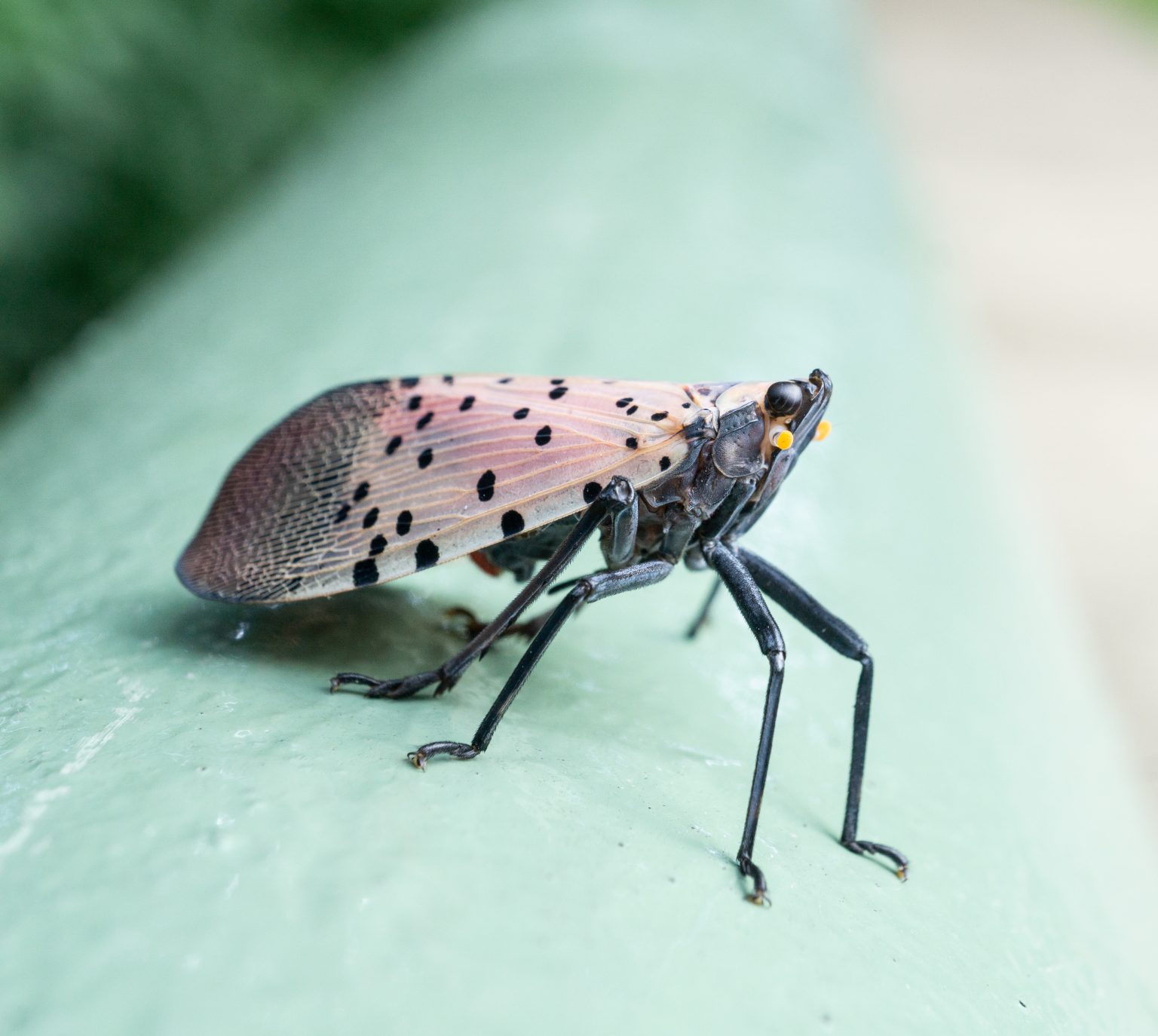Around 2014, Spotted Lanternflies were observed in Chester County for the first time. Since then, these insects have begun to spread far and wide.
Honestly, the rapid spread of Spotted Lanternflies has been alarming to scientists and common homeowners alike.
They can ruin certain types of trees and create an unpleasant environment wherever they propagate.
Realistically, in the wake of COVID-19, an infestation of Spotted Lanternflies is not the best selling argument if you plan to sell your home. Therefore, take care of them before it’s too late.
Increasingly, more and more property owners in Chester County have had to deal with Spotted Lanternflies infestations.
Whether you’re in Pennsylvania or not, these tips could prove useful in the near future.
Are you ready to learn how to take on the Spotted Lanternflies? Let’s get to it.
What are these Spotted Lanterflies?
These insects, approximately one-inch long, can wreak havoc on the local greenery. They are covered with black spots, with signature red-colored wings. Younger Spotted Lanternflies in the nymph stage will black and red
Although it has two pairs of wings, the Spotted Lanternfly is more a jumper and it uses its wings to assist these jumps rather than making sustained flights.
Spotted Lanternflies come from Asia where they create issues in local rural areas. However, the spotted lanternfly can find the perfect host over 70 plant species, including ornamental trees, grapevines, fruit trees, and woody plants.
The list gets longer and can include many agricultural crops and common forest plants. In our area, it was found on birch and maple. In other words, these little guys need to be taken seriously.
Ultimately, Spotted Lanternflies feed on primarily hardwood trees and they excrete a sticky, “honeydew” substance that can destroy any and all vegetables, flowers or shrubbery nearby
Luckily, the danger associated with these bugs is relatively small to humans directly. They will not bite you, nor sting you.
They can be obnoxious since they live in colonies and are not scared to land on people. Ultimately, they are more disgusting-looking than dangerous.
Finally, Spotted Lanternflies Have Met Their Match
So, Spotted Lanternflies have laid claim to your property. Well, it’s time to contain them!
In just a few steps, you can be prepared to deal with an infestation.
1- Eliminate the Eggs
First of all, it is necessary to contain the spread of any Spotted Lanternflies.
When clearing out a given area, always check for their eggs, typically a mass with a mud-brown coloration.
These egg masses typically appear from late September through May.
The egg masses can then be removed from the tree with a knife or similar tool into a bag.
Alternatively, they can be directly sprayed with insecticide or killed with hand sanitizer or a similar alcohol-based solution.
If you bag their eggs, you are requested to report them online to the Pennsylvania Department of Agriculture. Follow this link to fill a report.
2- Address the Nymphs
Once the eggs are taken care of, you can start worrying about the nymphs, or the pre-adult Spotted Lanternflies.
From late April to early November, the nymphs and adults climb the trunks of trees to feed.
At this time, the trees can be sprayed with insecticides. Otherwise, some people prefer using sticky-paper to trap the nymphs as they climb the tree’s trunk. Beware when taping trees-birds, rodents or bats can get caught in the tape.
However, it is necessary to be careful when carrying out this step. If not done with great care, you could harm beneficial insects or wildlife.
3- Tackling the Adults
Now, the final step. How do you take care of the fully-grown Spotted Lanterflies? Well, there are a few options here.
The first option is to use an approved insecticide which kills the adults on contact. Alternatively, the adults can be captured in a bottle or similar container.
Manually kill any active nymphs or adults with tennis rackets, swatting and stomping them.
Another option is to plant Milkweed on the property amongst your present vegetation.
Spotted Lanterflies tend to eat Milkweed, although it is poisonous.
This can kill the insects or slow them down substantially, leaving them vulnerable to other methods.
The last option and by far the most effective one is to use systemic treatment.
What is a systemic treatment?
It is a special insecticide applied to the bark of the tree that gets transferred throughout the plant. Any insect that feeds on the tree will die. Be aware to wait until a flowering tree has finished flowering before applying a systemic-this ensures no honey bees will die inadvertently.
If any Tree of Heaven trees is growing on your property, use them as bait by treating them with a systemic insecticide.
Once You Reclaim Your Yard, Then What?
Once the invaders are taken care of, you need to be vigilant and check the development of a new colony.
It is still recommended that you continue monitoring your outdoor areas. Therefore, continue to keep an eye on the trees if there was a previous infestation.
Cleared of Spotted Lanternflies, enjoy your ability to landscape and take advantage of your outdoor areas once again!
Have you already tried one of the above options?

